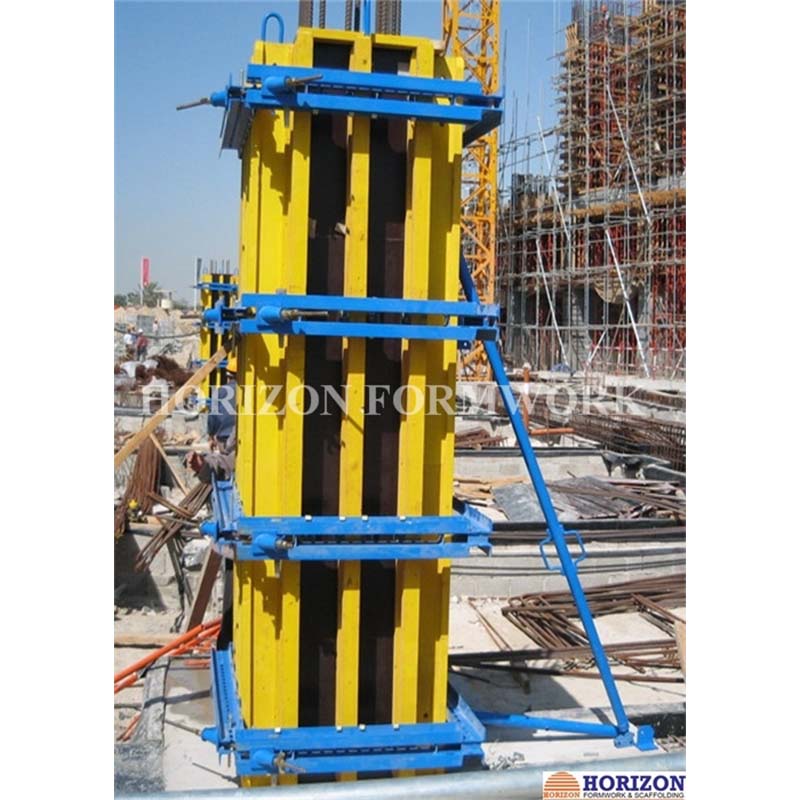Dec . 27, 2024 09:36 Back to list
slab formwork
Understanding Slab Formwork An Essential Component in Construction
In the realm of construction, the structural integrity and aesthetic appeal of a building largely depend on the quality of its components. Among these components, slab formwork stands out as a crucial element in the construction of concrete floors and ceilings. This article delves into the concept of slab formwork, its types, advantages, and best practices.
What is Slab Formwork?
Slab formwork refers to the temporary molds used to shape and support concrete slabs while they are being poured and cured. These forms provide the necessary support to prevent the liquid concrete from sagging or collapsing before it hardens. Once the concrete reaches sufficient strength, the formwork can be removed, allowing the slab to bear weight independently.
Types of Slab Formwork
1. Traditional Timber Formwork This is the most conventional type of formwork, made from plywood and timber beams. It is cost-effective and readily available, although it requires skilled labor for assembly. Timber formwork is suitable for smaller projects but may not be the best choice for large-scale constructions due to its weight and the time needed for setup.
2. Steel Formwork Comprising metal panels and frames, steel formwork is highly durable and can be reused multiple times. It offers precision in dimensions and surface finish, making it ideal for large projects. Its robustness reduces the risk of deformation under load, ensuring better quality in the final product.
3. Aluminum Formwork Known for its lightweight properties, aluminum formwork simplifies the handling and transportation process. It is modular in nature and can be easily adapted to various shapes and sizes. This formwork system is particularly popular in high-rise construction due to its speed of assembly and high reusability.
4. Stay-in-Place Formwork This type of formwork becomes an integral part of the slab structure once the concrete sets. Made from materials like polystyrene or corrugated metal, it not only saves time on removal but also serves as insulation or additional structural benefits.
Advantages of Slab Formwork
- Speed of Construction Using efficient formwork systems can significantly reduce construction time. Systems like aluminum or steel are designed for quick assembly and disassembly, speeding up the entire process.
slab formwork

- Cost-Effectiveness Although the initial investment might be higher for materials like steel or aluminum, their durability and reusability lead to cost savings in the long run. This is particularly relevant in large projects where formwork needs to be used repeatedly.
- Quality Control Well-designed slab formwork helps achieve better surface finishes. This is crucial not only for aesthetic reasons but also serves functional purposes like reducing the need for extensive post-pour finishing.
- Safety Properly erected formwork provides safe working conditions for laborers during the concrete pour. It helps minimize risks associated with concrete splashes and prevents falls or injuries on site.
Best Practices for Using Slab Formwork
1. Thorough Planning Before beginning any project, adequate planning is essential. Consider factors such as load-bearing capacity, the height of the slab, and the time needed for curing.
2. Regular Inspections Regularly check the integrity of the formwork during the pouring process. Any signs of deformation or instability should be addressed immediately.
3. Use of Quality Materials Invest in high-quality formwork materials. This not only ensures safety but also contributes to the overall quality of the slab.
4. Training and Skill Development Ensure that workers are well-trained in assembling and disassembling formwork. Understanding the nuances of the materials being used can lead to better efficiency and safety on site.
Conclusion
In conclusion, slab formwork is an indispensable aspect of modern construction, impacting not only the structural characteristics of a building but also the efficiency and safety of the construction process. By understanding the different types of slab formwork, their advantages, and adhering to best practices, construction professionals can ensure that they deliver high-quality structures that stand the test of time. As the construction industry continues to evolve, keeping abreast of advancements in formwork technology will further enhance the effectiveness and sustainability of construction practices.
-
Formwork Spring Clamp Factories: Quality & Bulk Supply
NewsAug.21,2025
-
Premium Ringlock Scaffolding | China Manufacturer & Supplier
NewsAug.19,2025
-
Efficient Table Formwork for Fast Slab Construction & Reusability
NewsAug.18,2025
-
Timber Beam H20 Formwork & Shuttering - Durable & Reliable
NewsAug.17,2025
-
Timber Beam H20: Premium Formwork & Shuttering Solutions
NewsAug.16,2025
-
Premium H20 Timber Beam for Formwork & Slab Shuttering
NewsAug.15,2025